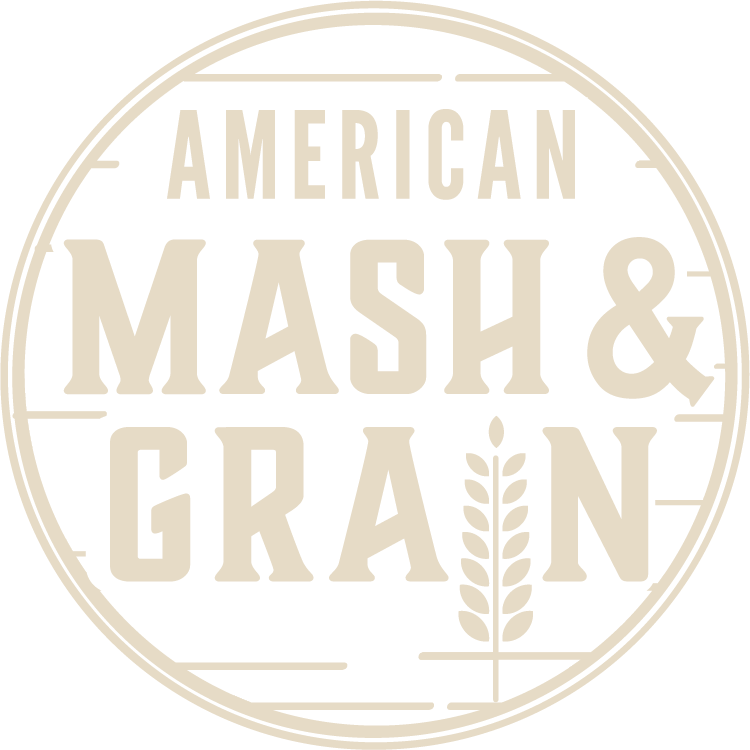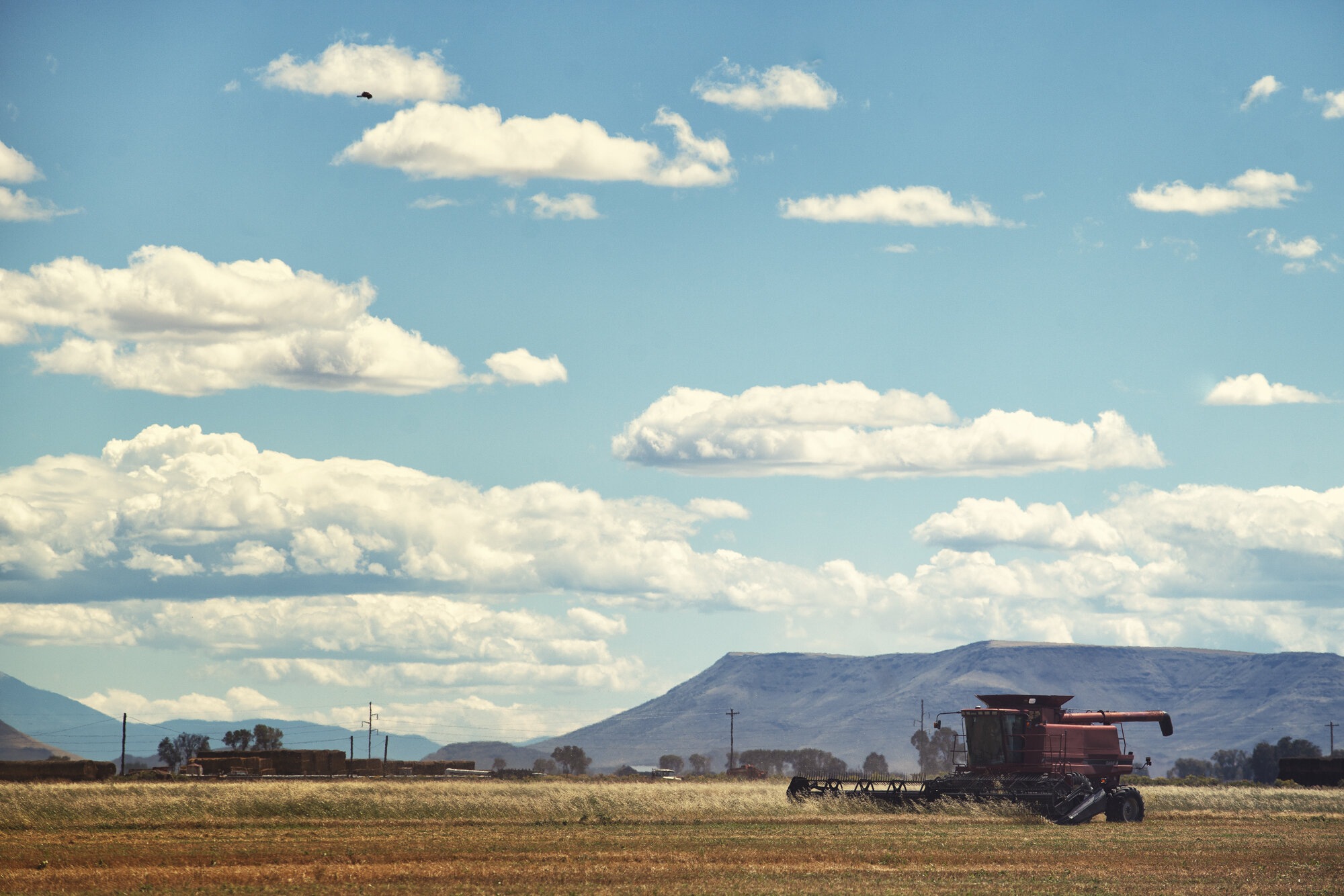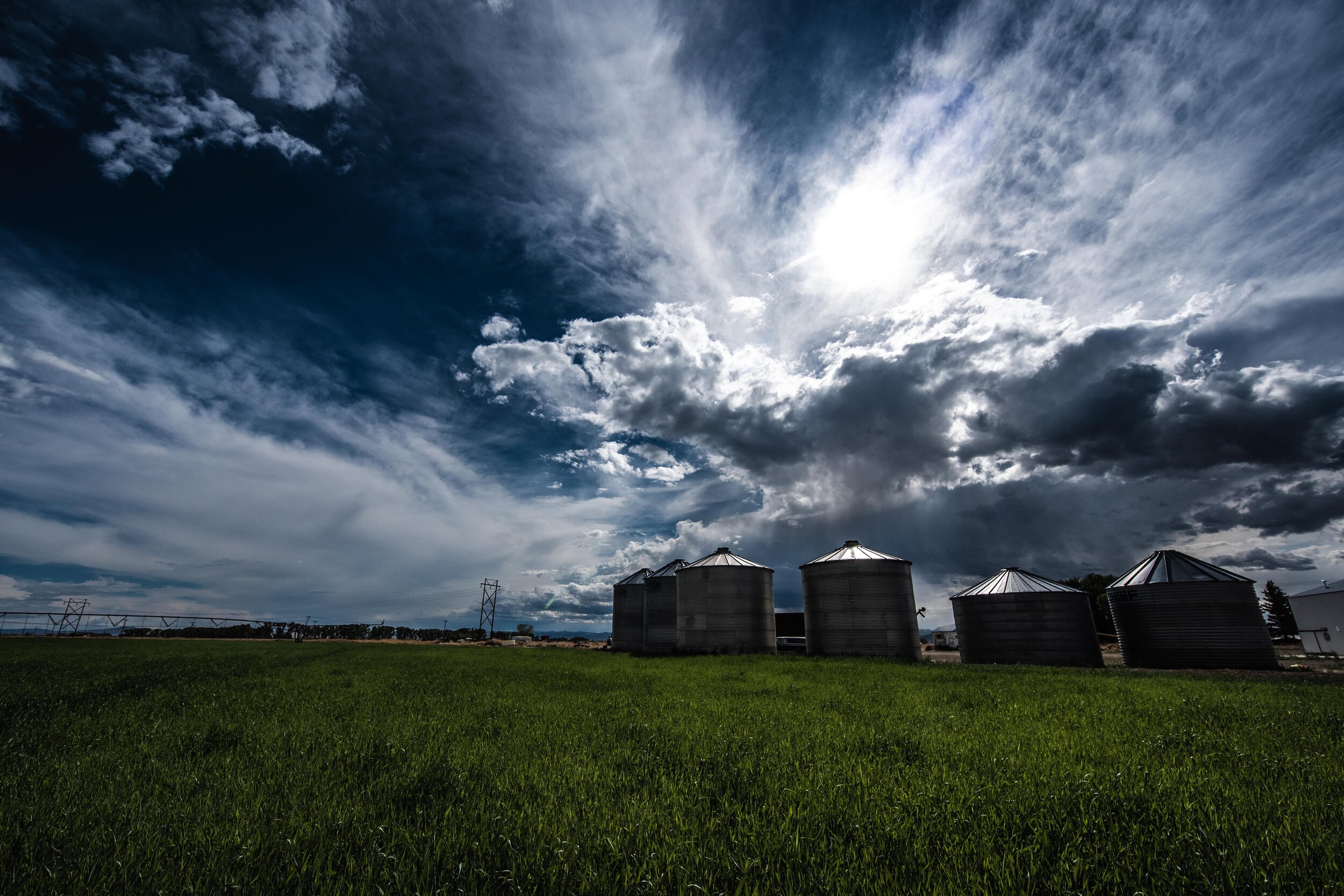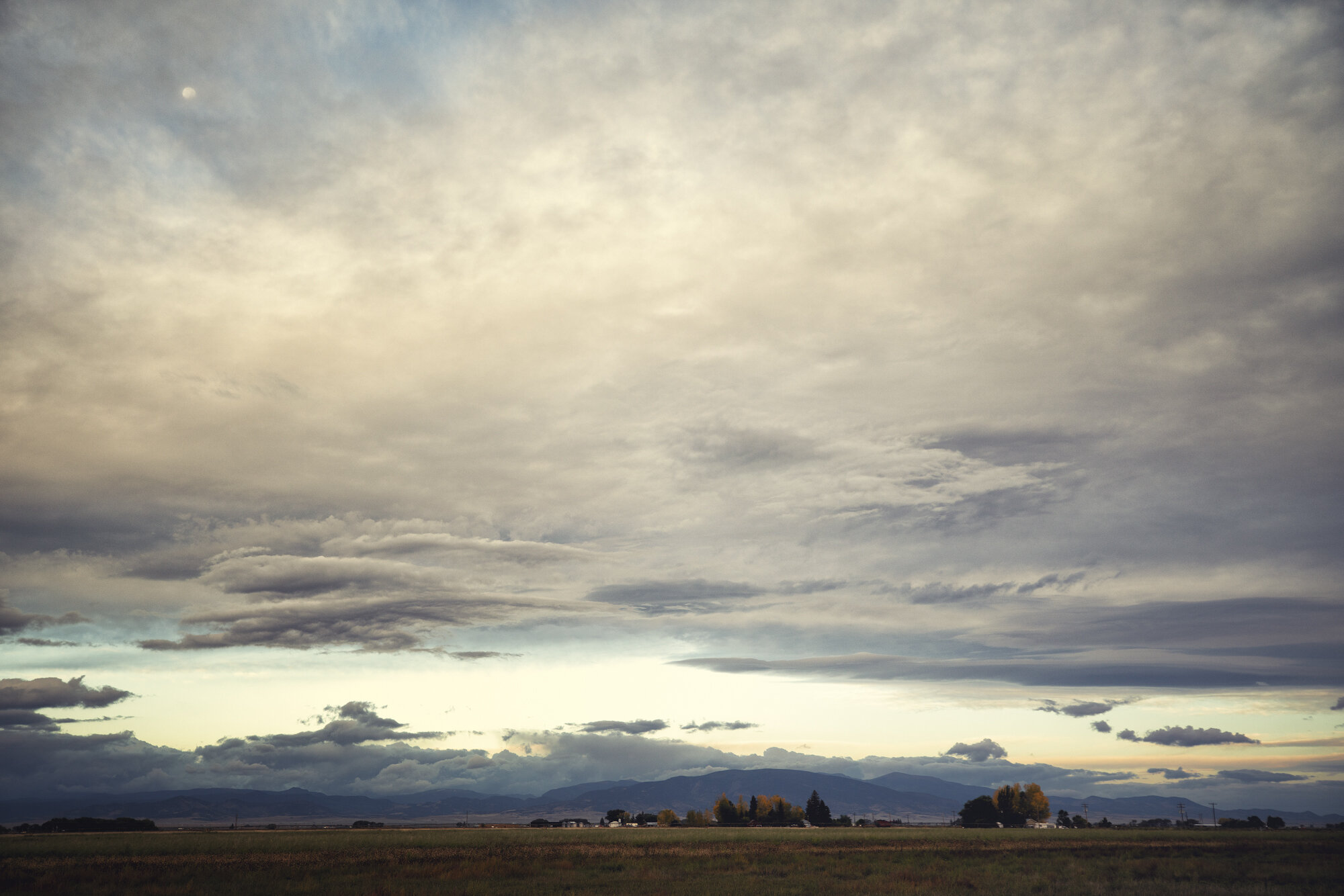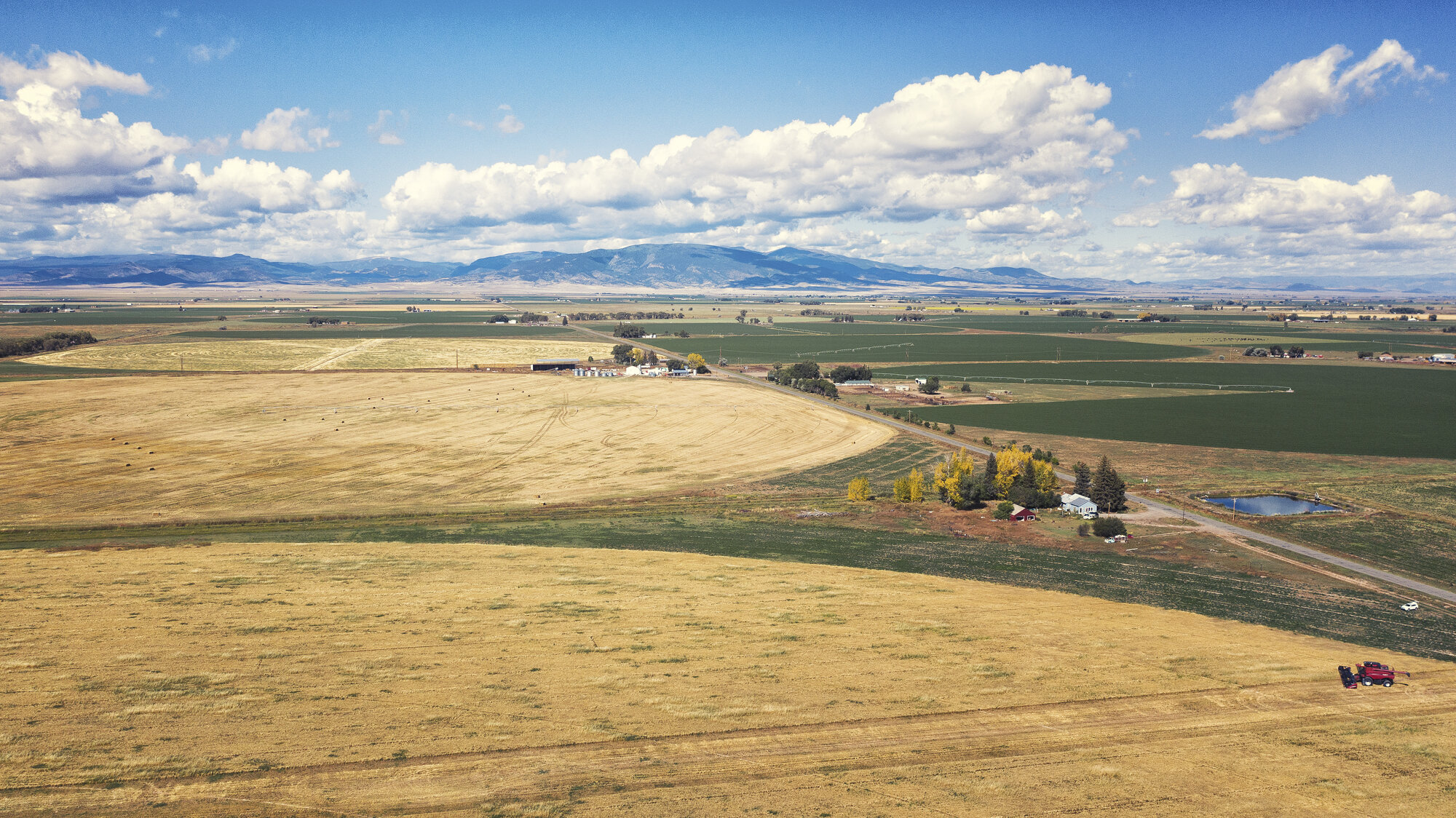Laws Whiskey House
Distillation was discovered in the Middle East and then spread through Europe where it was adopted by Christian monks who used it for religious ceremonies and medicines. The term “spirit” comes from this period of time as distillation was seen as something both spiritual and healing. The word whiskey comes from the gaelic phrase “uisce beatha,” which translates to “water of life.” From its origin, whiskey has been seen as much more than just an alcoholic beverage. There is something innately human about it. Whiskey is made from grains, a seed that gives birth to a raw distillate, both rough and sweet and full of potential. We put whiskey in barrels because we want it to grow up. We want it to mature, soften and absorb the world around it. Whiskey is evolved. It’s more than manufacturing, bottling and labels. Whiskey is full of life and whiskey has a soul. Laws Whiskey House in Denver, Colorado is a monastery, a place built for study, community and devotion to the holy spirit that is whiskey. For them, whiskey is not simply a profession. It’s an obsession. Whiskey is about the place where it was made, the grains and the soil. Whiskey is about the patience and dedication of the people who come together to make it. Whiskey is a part of who they are. It’s in their blood.
Al Laws grew up in Alberta, Canada and began his lifelong romance with whiskey at 16 years old. While his friends threw back beers, Al would sip Jack Daniels. It was the same as when a young artist draws their first doodle, or a future musician first picks up an instrument and plays their first note. When Al took his first sip of whiskey something clicked from within. Since then, whiskey has been a part of his identity.
Al moved to Brooklyn NY in 2002 to work on Wall Street for Meryl Lynch, specializing in finance for oil and gas. In 2007, Meryl Lynch purchased an oil and gas investment bank in Colorado and needed someone to move out there to run point on research. Al enjoyed living in Brooklyn, but he was the most senior equity research person there at the time, and Colorado reminded him of the rural parts of Canada where he had grown up, so he agreed to make the move. Though he loved his job, he already knew that he only had a few years left in the tank doing what he was doing.
“I didn’t want to die working 60-80 hour weeks at my desk … There’s a time where you want to make something physical. I think a lot of people feel this way when you work in the digital age and everything is pixels on a screen. Everything I did was about money. Oil is money … It’s not very soulful. It’s soulless.” - Al Laws, Founder Laws Whiskey House
Al’s love for whiskey had only grown stronger. It had become more than a passion. Whiskey was his kindred spirit. It was his calling. He spent five years researching. He read every book he could find, ordered ten years worth of old copies of Malt Advocate, visited distilleries and tasted as many different kinds of whiskies as he could. He initially planned to return to Brooklyn to bring his idea to life, but after a few years in Colorado, the sunshine, landscape and slower pace of living had inspired him to stay. It was also financially more viable. Not only could he own the building in Colorado, something he would never be able to afford in New York, but Colorado also has very passionate and informed consumers. The craft beer boom had really exploded there. When people drink IPAs they want to know the hop bill, that’s how educated they are, so Al knew that if he could make a sophisticated whiskey then there would be a local audience.
Al and his wife, Marianne, traveled to Kentucky in 2009 to catch a glimpse at how the big guys did it. Back then the bourbon craze wasn’t like it is now and distilleries actually closed in the summer months when it got too hot. They were staying at a bed & breakfast, making friendly conversation when they told one of the employees what they were doing in the area. That interaction led to a private, behind the scenes tour at the Barton 1792 Distillery with a woman named Pam who, after hearing Al talk about why he wanted to open a distillery, decided to connect them with Bill Friel, Barton’s retired Master Distiller. Bill, a trained chemist and industry professional for 40 years, invited Al and Marianne up to his house for a beer and they wound up talking for 3 hours. Al had come armed with a bunch of formulas that he had put together after doing his research. Formulas Bill promptly told Al he didn’t need. At the end of the chat, Bill agreed to come onboard as a consultant, and would help shape the mindset and philosophy at Laws.
“He’s like Yoda. He never answered one of my questions ever with an answer. He would just ask me another question so that I came to the answer myself. He was just the best person for me.”
Al is an economist and feels safe around numbers and equations. Distillation is a science of numbers, so after five years of research and working with Bill, he felt relatively confident he knew what he was doing. But there is a difference between distilling in a theoretical sense and actual distilling. Bill was with Al for the very first spirit run on July 12th, 2011. It was very exhilarating to watch the pot temperature rise, then the vapor temperature rise, and then finally the vapor started to converge and drip, drip, drip...real whiskey began to flow off the still. The initial alcohol coming off the still is rough and abrasive. It’s easy to recognize that it’s not something you should drink, but over time it slowly starts to get sweeter and richer. Al was like a kid in a candy shop, tasting the distillate constantly, rubbing it into his palms. It was terribly exciting, after years of hard work and dedication to this dream, Al was finally being baptized into the monastic Jedi order of whiskey. But, as is to be expected of a new disciple, Al wasn’t sure where to make the next cut. He asked Bill for help, and Bill promptly cracked open a beer, leaned back against the still and said …“It’s your whiskey. Make your own damn cut.”
Al panicked and reverted back to what he knew best. He grabbed his calculator and made the cuts volumetrically. Afterwards, Bill said that was interesting, but eventually Al was going to need to develop more of a feel for it. Al did eventually develop a good feel for it, something that became easier and easier every time he did it, but Al does not call himself a Master Distiller or a Head Distiller. In fact, no one at Laws has those titles. Much like a congregation, Laws approaches their whiskies with a team/community mindset. The idea being that everyone needs to come together to be a part of something bigger than one’s self, with the focus being solely on flavor.
“I ask our production people, part of the village, what are the flavor notes? Usually on bourbon it’s this green apple note that we want to capture that ester. That’s how we make cuts. We go a little bit longer into tails, because we want the grain flavor. We use heirloom variety grains. Those grains produce flavors and those flavors typically come more in the heavier alcohol near the end. You don’t want too much. It gets tailsy then, but if you don’t have a little bit of that then the whiskey can’t sustain against the barrels.”
Laws makes a four grain bourbon with 60% #1 yellow dent corn, 20% centennial soft white wheat, 10% San Luis Valley rye and 10% scarlet two row malted barley. They use only heirloom grains, something Al learned early on in the process has a powerful impact on flavor. One of the taglines for Laws is “Craft over Commodity,” and really that extends to craft above all. For Laws, craft is something that is done with soulful intention. Craft cannot exist in isolation. It takes a community of partners who share in this commitment. They get all their grains from local farms and when choosing these farms, they were looking for soulmates in this pursuit of craft. The corn comes from Whiskey Sisters Supply and the rest of their grains come from Colorado Malting Company, the first commercial craft malting company in the country, owned and operated by the Cody family who has worked the land since the early 1930’s. They all believe that the fact that the grains are grown where they are has an impact on the final product. The varietals of rye and wheat that they use are indigenous to the area, and rye especially tends to soak up the environmental conditions around it.
The Cody’s farm is 7,500 feet above sea level in a big open valley in the mountains. The days are very hot, the nights are very cool and the soil is salty. The rye seeds are planted in the fall so they can start to grow and photosynthesize before winter. When winter comes the plant survives but goes dormant. When spring rolls around the plant comes back to life and seeds. The specific soil on the farm tricks the plant into thinking it will have enough nutrients to grow taller and produce more seeds, a decision the plant makes very early in its life cycle. However, due to the high levels of calcium in the soil the plant will end up a harder time accessing those nutrients. All of these elements - the climate, the soil, the water, the growing process - stress the grains enough to build complex protein structures that are full of flavor.
“Our rye, when it’s a white spirit coming off the still, it tastes like mezcal. It has these elements of [the] southwest. It’s really salty and peppery, but not in the way of black pepper. It’s more like serrano pepper, habanero, radiant heat. Something that when you sip it it makes your cheeks red. Those things all come from the soil and where it’s grown.”
They make four grain bourbon because they want each individual grain flavor to shine through. Laws asserts their bourbon has some sweetness from the corn, a penny metallic bite from the rye, a doughy cinnamon bun spice note from the wheat, with a hazelnut and peanutty finish from the barley. To further showcase these individual flavor notes, they also make 100% single grain whiskies of each grain both in three and a half year old small batch and six year old bonded expressions. All of their single grain whiskies are batched by vintage, so they never cross marry grain year, allowing for each new release to be slightly different and unique, to evolve and refine, while remaining a beautiful representation of the land and the grains. If their farms have a particularly bad year in terms of yield, then Laws simply won’t make as much that year.
“If we use up all the rye doing this then that’s how much rye we make. This is real. This is the world how it should be. I don’t then go phone Wisconsin to make more rye. This is not who we are. If we run out of rye, if we have a low yield year, then that’s how much rye we make.”
Laws uses a hybrid pot/column still from Vendome Copper & Brass Works in Louisville, Kentucky, though they have never used the column feature on the still. The four plates in their column have never been closed. They are not looking to create additional reflux in the still as they don’t want their grain forward flavors to be stripped out of the distillate.
Starting a distillery is an incredibly expensive venture. Not only does it require a lot of faith and a lot of capital up front, but to focus solely on whiskey, a product that needs to be aged before you can sell it, means that you need to have enough money on hand to keep the lights on before you can start making a profit. The people at Laws don’t believe in shortcuts. Al even has the phrase “No Shortcuts” tattooed on his arm. From the start they filled only 53 gallon barrels. Most craft distilleries start with smaller barrels in order to put something out on the market a little bit faster. Larger barrels require more patience as it takes longer for the whiskey to infuse itself with the wood. That extra time may be excruciating, but it also produces a smoother and more flavorful spirit. Al also laid down extra whiskey to be set aside to age for longer, and while that would give them options for more valuable whiskey down the road, it meant even more money needed to be invested from the beginning. Laws waited over three years before selling a single drop of whiskey.
“We thought we would be ready in March of [2014] so we would start to have cash flow … I said, ‘No. This is not ready. I’m not putting this out. It needs more time.’ I’ll tell you, the budget wasn’t really prepared for that, so I had to raise some money from friends. I raised a couple hundred thousand dollars and that got us through to when we felt it was ready. The one thing about funding everything with cash is that there is never ever any compromise … because you only have one chance for the first impression.”
Batch one was made up of 28 barrels and when they released it in October of 2014, they thought that it would last them until the following March, but they ran out of it by the end of the year. They had years to prepare for batch one, but batch two needed to be put together quickly. Blending is an art, and Laws remains dedicated to never compromising. It was a stressful moment, but they got it done right.
“Everyone thinks it’s just these are ready, dump them, cut them, put them in glass, label them and fire them up. No. That will never happen here. It comes down to if it ain’t ready then there are going to be orders unfilled. We’re going to wait.”
Al may have come from the business world, but branding and marketing were not his forté. Al was great at finance and capital structure, and with the help of Bill Friel and the other members of the village at Laws, he felt confident that they were great at making whiskey, but selling it was another story. Marketing whiskey, especially craft whiskey, is different from marketing other products. It’s not about billboards and bus ads. It’s about telling a story and making it functional. Despite Al’s perceived shortcomings in this department, he did make one decision early on that would be pivotal to the creation of the brand. Al flashed back to that 16 year old kid again, sipping on Jack Daniels, and decided that just like that iconic whiskey, he wanted to use a rectangular bottle.
A lot of time and money went into the development of their bottles. Al wanted it to be heavy and substantial. He wanted it to have a decanter top and to be embossed with something that stated who they are. A few weeks into the design process, a co-worker noticed a tattoo on Al’s leg. It is an Iron Maiden’s Nights of the Dead inspired tattoo with a skeleton holding a whiskey bottle. The whiskey bottle looked exactly like what Al was asking for and he hadn’t even realized it.
Al had been vehemently against naming the distillery/brand after himself, but after more time and money was thrown away researching cool names only to find that none of them were available, they opted to call the brand A.D. Laws, because the only thing the government can’t keep you from trademarking is your own name.
The holding company is called Gargoyle Enterprises due to Al’s fascination with gargoyles. Gargoyles serve a purpose. They are on platforms that are steadfast and generational and they are meant to scare away evil spirits. They are, after all, a spirits company. Al wanted to use a gargoyle for the logo but was advised against it as some perceive them to be evil or satanic. They didn’t want the brand to have any specific association, but they did want it to convey artisanship, effort and patience. The fonts are all from the American craftsman era. The bottle is architectural. They feel like bricks. Their logo is a knot. It’s actually two images. Up and down is infinity. It’s time. It’s crossed with smaller infinity symbols meant to symbolize effort, art and continual improvement.
“Whatever you do, you do well every day. You make the best, but you always pay homage to time. We make whiskey, gentlemen. We don’t make shit you put in the bottle the next day. [The logo] is a combination. It’s where those things cross, and it can ebb and flow, but whatever we do, because we make whiskey, we’re not trying to shorten time. We don’t want to do that … Whiskey is about time. It’s about maturation. It’s about what we all go through in life. We grow and we age… Everything else is the stuff we can control, but time we cannot control. That’s the image.”
In the last few years they’ve made some slight changes to their branding. They hired Steve Kurowski to become their first Marketing Director. They changed the name from A.D. Laws to Laws Whiskey House. They fixed their labels to make them easier to read them on the back bar, and the names of the whiskies have been updated as well. Each single grain whiskey used to be named for the latin word that the grain derives from. The rye whiskey used to be called “secale,” the wheat whiskey used to be called “triticum,” and so on. No one knew how to pronounce them and ultimately Laws decided the latin names weren’t adding anything to the brand. They weren’t telling a story about who they are, and as they dug deeper into terroir they decided they wanted to be more transparent about where these spirits come from.
The rye is now called San Luis Valley Straight Rye. San Luis Valley is both the varietal of rye they use and tells you where it’s grown. They use centennial wheat to make their Centennial Straight Wheat and Colorado is the centennial state. The road that the Cody family grows their barley on is called County Road 12 South, but the locals of Alamosa call it Henry Road. No one knows why, but that is what it has been known as since before anyone can remember, so Laws’ malt whiskey is called Henry Road Straight Malt.
“Whiskey isn’t a commodity. Whiskey is soulful. Whiskey is something you want to share with someone … Whiskey shouldn’t be drunk in the dark alone. It should be drunk with friends and slow down the world. Slow it fucking down … This is how we all want to feel. This is humanity. Slow. Not immediate … It’s more human than anything I can come up with.”
Laws uses a modified version of a solera process when they blend their four grain bourbon. In that initial 28 barrel batch, they pulled off about 500 gallons and put it off to the side. A couple months later, when they were scrambling to put together batch two after demand exceeded their expectation, they incorporated that 500 gallons into the second batch. They let it marry together for a day, and then pulled another 500 gallons out and put it off to the side. Over the years they have adjusted their ratios as their batches grew in size, but they have continued this process of including a little bit from the previous batch into the next batch they make. They do it to smooth out the flavor profile and lend some consistency to their bourbon, but it’s less about the science for them and more about the art. It’s more about the soul. In every single batch of their bourbon, there are trace molecules from the very first batch they ever made. The obsession with whiskey that consumed Al at 16 years old, the five years of research he did before opening the distillery, the knowledge he gained from friends like Bill Friel and the other members of the Laws village, the effort and integrity of the farmers, the natural forces of the environment and the grains, the craftsmanship of the production staff, and all the patience that goes into making every single drop is there. Their age statements may grow and their flavors may become more complex, but everything that came together to make them who they are has been present from the very beginning. It is their soul, and there are no shortcuts.
TASTING NOTES:
Four Grain Straight Bourbon Whiskey (47.5% ABV)
Nose: Corn, Dried Apricot, Cinnamon Orange Sticky Buns
Palate: The mouthfeel is soft and thin. The front is sharp and woody with almond notes and soft spices that grow stronger through the mid palate. The finish is short with a subtle sweetness with hints of orange along with peanut skin, oak and ash.
This is not your traditional sweet bourbon, which could be jarring if you’re expecting bold vanilla or caramel notes. That said, the influence from the grains and the variety of flavors that do take center stage make this a very unique whiskey.
San Luis Valley Straight Rye Whiskey (47.5% ABV)
Nose: Banana, Strawberry, Licorice, Coriander, Dark Chocolate, Underlying Grassy Notes
Palate: The mouthfeel is soft, spicy and dry. Fruity/berry, licorice flavors are a quick skip on the water up front before giving way to cocoa, black pepper and chili powder in the mid palate. Mild vanilla sweetness creeps in along with bready notes and grilled shashito peppers on a medium finish.
This rye delivers some of the classic spicy notes that you expect from a rye with some interesting twists. The push and pull between sweetness and spice makes this a dynamic whiskey with a surprising savory finish.
Four Grain Straight Bourbon Whiskey Finished in Ruby Port Casks (47.5% ABV)
Nose: Maraschino Cherries, Cinnamon Raisin Toast, Salt Water Taffy, Moss
Palate: The mouthfeel is creamier with sweet cherries and wood sugar up front, mild pepper in the mid palate leading to a short finish with peanut skin, caramel, plums and ash.
The four grain bourbon holds true through this special cask finish. A lot of the same flavor notes are there, but the port cask helps to refine the grain forward flavors and lend additional sweetness to round it out.
